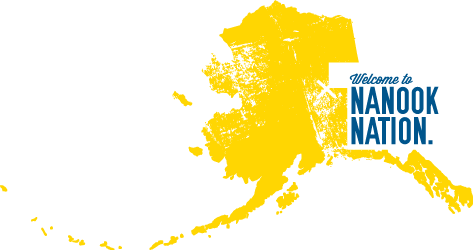UAF's (not so) Secret Tunnels: Fact and Fiction
Posted by David
Hello, Hello, Hello,Today I felt like writing about a subject that has generated both intrigue and folklore on campus. Judging by the title, you can probably guess I'm talking about the underground tunnels here at UAF.
For new and prospective students who might not know what I'm talking about; under the UAF campus is an intricate network of underground access, utility and steam tunnels. Rumors on campus range from students in the 80's using them as heated walkways until they were closed off to theories that some of the access tunnels travel all the way to Fort Wainwright on the opposite side of town. While I hope to separate fact and fiction (while having fun with both mind you), there are some rumors I cannot confirm nor deny.
First, my favorite part, the rumors:
1. The tunnels are a den for zombies.
Like many of my colleagues, I prepare to a certain extent for the zombie apocalypse and many a time entertain the idea that zombies roam the underground utility tunnels, looking for a curious and somewhat unfortunate student. The access tunnels run directly under the Virology Lab and Irving, where research involving organisms and viruses occurs, offering a potential source of initial infection. However, I haven't seen any recent biting-related incidents on the UAF police blotter, so I doubt this rumor to actually be true... Rats...
2. Students in the past used the tunnels to walk to classes.
The rumor is that up until the late 80's to early 90's, students were able to use the underground tunnels to walk to classes, which as a Wildlife Bio major, I would sincerely appreciate as it seems that every year I have to walk from Gruening to West Ridge. According to word of mouth, the tunnels were closed in the early 90's due to crime and drug-related issues going on down below. However, according to an assessment published by the Texas Transportation Institute, the utilidors at UAF are only 6ft tall by 3 ft wide at their very largest, so this theory is very unlikely. However, if this rumor is true, I curse the sparse few that ruined it for all of us and making me walk across campus in the snow at -40 F.
3. Radioactive storage and/or nuclear testing.
I tried photo-shopping this one with Marty McFly in the radiation suit from back to the future, DeLorean included, but I just couldn't find a consistent angle... Oh well, life moves on... While this theory is entertaining to say the least, UAF is powered largely by an on-campus COAL power plant. In addition, the Nuclear Waste Policy Act of 1982 is a federal mandate, requiring all nuclear waste to be transported to a permanent underground storage facility, Yucca Mountain being the only designated facility in the country. HOWEVER... A 1994 report from the Government Accountability Office states that from 1969 to 1981, radioactive material consisting of animal carcasses, lab wares, etc. were buried at the present day Taku parking lot, Nenana parking lot and the Large Animal Research Station. Despite this, the only remaining isotopes as of 1993 are Carbon-14 and Tritium (Hydrogen isotope), both of which are relatively harmless.
And Now For the FACTS:
The utilidors do not contain zombies and predominantly exist to transport heat, water and electricity to buildings on campus. The concept of an on-campus power plant and utilidor system that interconnected the buildings on campus was the result of an assessment conducted in 1961 by the San Francisco based Bechtel Corporation. The University initially requested Bechtel's consultation services due to the steady growth of campus floor space at the time and the projected 160% student body increase in the next decade.
The campus power plant is located in the Atkinson Building on Alumni Drive, and while the big building runs on coal transported from deposits near Healy, AK, the facility also conducts research on diesel-generated energy, which is a promising source of affordable electricity for rural Alaskan villages. Constructed in the 1960's, the centralized power plant and network of steam tunnels meant that buildings on campus could be heated efficiently without each building requiring a boiler. This solution also created a use for the steam, which was the byproduct of burning coal to generate electricity.
The underground spaces, particularly under buildings are used for storage by Facilities Services, Residence Life and a few others. From my experience working with Residence Life, I can say there's likely 50 or so mattresses and bed frames being stored in the basement section of Moore Hall, as well as interior paint and miscellaneous chemicals (stored in different rooms than the mattresses). Underneath the MBS Lobby is where the Halloween and Christmas decorations Res Life puts up every year are stored. This section is less like a basement and more like a walkway about 10 feet wide with rooms that, to the best of my knowledge, serve as workshops or storage for Facilities Services. Regardless, that about sums up my personal experience with the underground tunnels, limited as it may be.
While, I hope this has been enlightening, if you feel any of your questions have been left unanswered, below are my sources, please feel free to look through them if you wish:
With all that being said, I cannot urge you enough NOT to go into the steam tunnels, the following pictures obtained from my sources can further extrapolate on this:
Thank you and good night...

















Leave a Comment